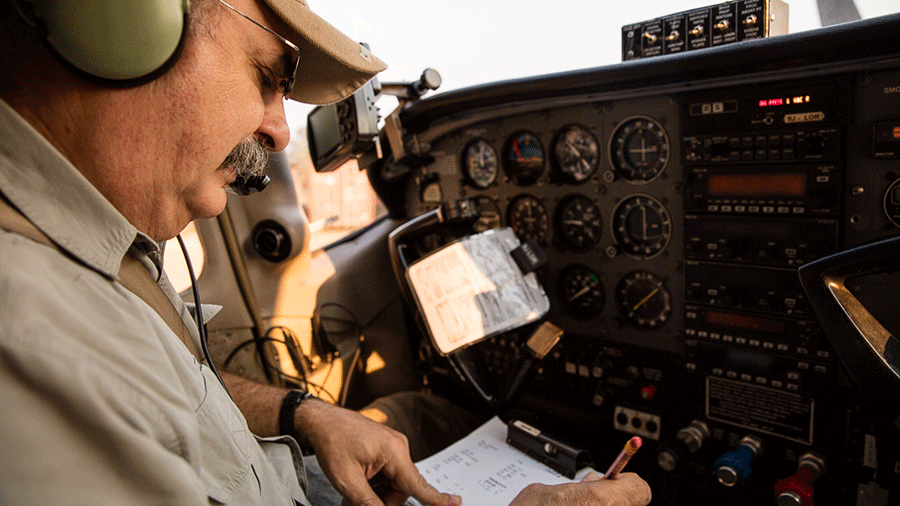
Zambia
Global Humanitarian Network Partner:
FlySpec
(Flying Specialists)
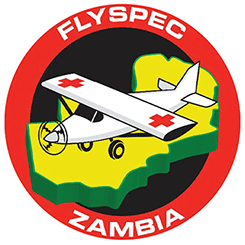
Flying Specialists (FlySpec) provides a valuable opportunity for patients residing in rural areas who require orthopedic and plastic and reconstructive surgery but may not have the financial means or accessibility to travel to larger medical centers. In addition, the extended waiting lists at these centers may further hinder patients from receiving the necessary treatment. FlySpec offers hope and relief for these individuals by bringing specialized medical services directly to their communities. They offer surgeries for a variety of orthopedic conditions, which can be both lifesaving and life changing. Neglected fractures and burns, including the devastating complications associated with delayed treatment, are quite common, and such patients benefit significantly from the specialist input provided by FlySpec.
Without their work, patients who live in remote parts of Zambia would not have access to life-changing treatments. FlySpec relies on financial support and access to the necessary equipment to continue their crucial work. Wings of Hope has partnered with FlySpec to provide resources necessary to maintain the air service needed to conduct surgical brigades. With this support, FlySpec has been able to provide surgeries to patients who would have otherwise been unable to receive treatment due to distance, finances and a lack of appropriate staff or equipment in bush clinics. It is crucial to support the work of organizations like FlySpec to ensure that patients in rural areas have access to the medical care they need.
The Republic of Zambia
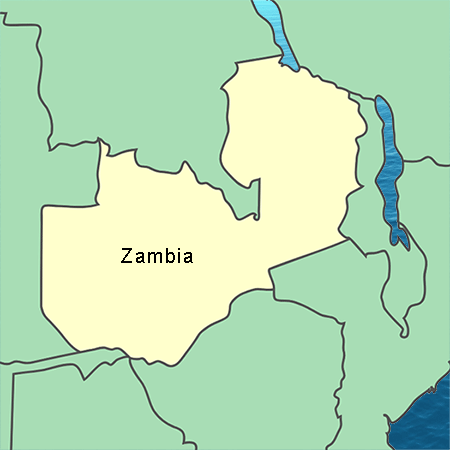
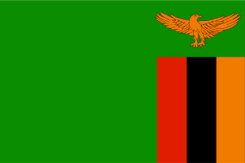
Capital: Lusaka
Currency: Zambian Kwacha (ZMK)
Language: English
Landmarks: Chingola, Siavonga, Victoria Falls
Zambia, initially inhabited by diverse indigenous tribes like the Tonga, Lozi and various Bantu groups, experienced significant changes with the arrival of European explorers and traders in the late 1800s. During the colonization period, the imposition of patriarchal rule by British colonizers and Christian missionaries significantly transformed the social and political landscape of Zambia, altering the matrilineal structure that once prevailed in pre-colonial times. The Lozi king granted mineral rights to the British South Africa Company in 1888, leading to the establishment of North-Western Rhodesia, later known as Northern Rhodesia, where copper and other minerals were exploited for European markets. Following World War II, the demand for independence grew, resulting in the formation of the Northern Rhodesia African National Congress. In 1964, Northern Rhodesia gained independence, becoming Zambia with Kenneth Kaunda as its first president. However, despite its abundant mineral wealth, Zambia faced substantial challenges. The new nation of Zambia faced economic difficulties, including fluctuating copper prices, poor policies and corruption, as well as political instability marked by coups, civil unrest and violence. Nevertheless, Zambia has made progress in improving infrastructure and the business environment, attracting foreign investment and demonstrating potential for further development.
There is inequitable access to basic health services in Zambia between provinces and between urban and rural areas. Several factors have contributed to the challenges facing the public health care system in Zambia – most notably, the country’s limited financial resources. As copper prices depressed, it became increasingly difficult to service its growing debt. By the mid-1990s, despite limited debt relief, Zambia’s per capita foreign debt remained among the highest in the world. With a struggling economy and the government’s limited budget for health care, it has been difficult to adequately fund and maintain the health care system.
Another factor to consider is the country’s shortage of trained health care professionals. Zambia has a high burden of disease, with a high prevalence of HIV/AIDS and other communicable diseases — but a shortage of doctors, nurses and other health care workers to provide care. This shortage is particularly acute in rural areas, where health care workers are often unwilling to work due to poor working conditions, low salaries and a lack of essential medical supplies and equipment.
Finally, there are challenges related to infrastructure and accessibility. Zambia’s health care facilities are often outdated and lack basic amenities, such as running water and electricity. This can make it difficult to provide quality care, particularly in rural areas. Additionally, many Zambians live in remote areas with poor transportation infrastructure, making it difficult to access health care services even when they are available.
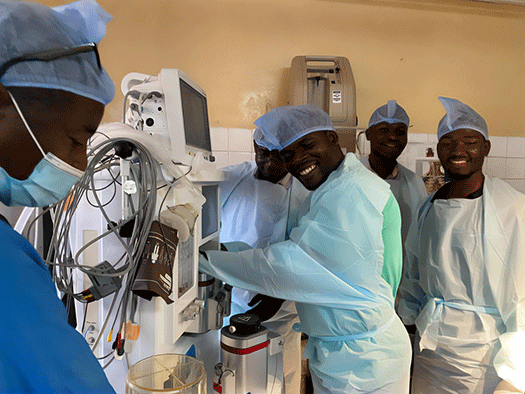
Zambia
Worldwide
Disease (by percentage %)
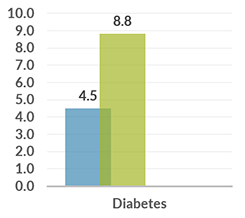
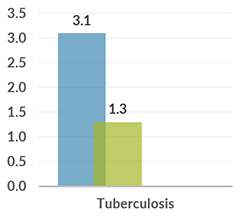
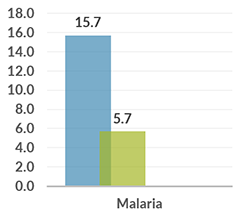
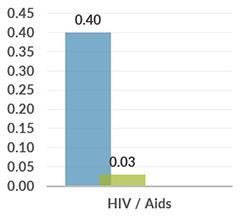
The number of people suffering from diabetes refers only to inhabitants aged between 20 and 79 years.
Child Vaccine (by percentage %)
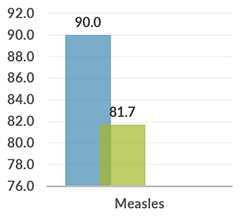
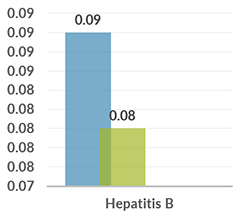
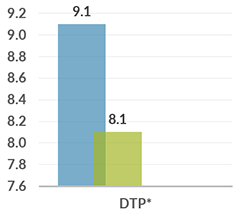
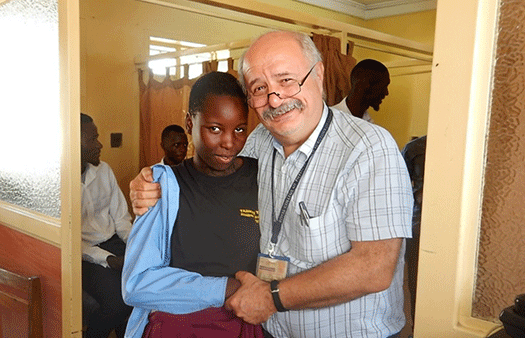
Account from Goran
Written by Dr. Goran Jovic, FRCS Glasgow, FCS-ECSA, Plastic and Reconstructive Surgeon, Senior Lecturer School of Medicine, University of Zambia
This 12-year-old girl suffered contractures of the skin around her face and neck after falling into a fire. She did not receive care until late after the burn had healed with intense scarring reducing head movement, eating and interfering with normal activities of daily living. She is now 17 years old (seven years post-op).
One year after undergoing reconstructive surgery by the FMS team, the release of the scars and contracture offer the patient dramatically improved mobility and quality of life. She is now a very happy girl with a lovely smile – a life changed.
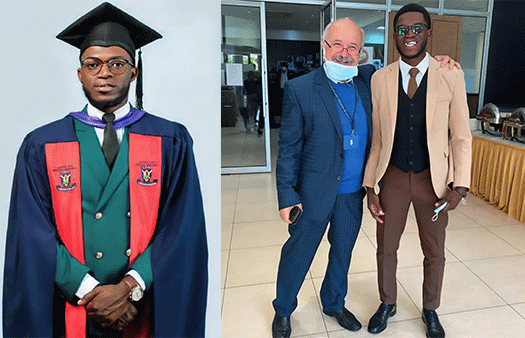
The Rise of Joseph Chisimba
Twenty years ago, a little baby with a cleft lip and palate was operated on by FlySpec’s plastic surgeon Dr. Goran Jovic. This baby boy, Joseph Chisimba, is now a 5th-year medical student at university in Lusaka. His goal in life is to become a plastic surgeon so he can do for his community what was done for him. Joseph says, “I’d just love to say thank you for the services FlySpec offers. It’s beyond ‘just another patient’ or ‘just another operation.’ It’s healing that goes beyond medical care. Through a wonderful team like this one, people like me get to have hope — and that hope gives us a reason to live . That’s the best gift one can ever get.”
During the colonization period, the imposition of patriarchal rule by British colonizers and Christian missionaries significantly transformed the social and political landscape of Zambia, altering the matrilineal structure that once prevailed in pre-colonial times. Zambia, initially inhabited by diverse indigenous tribes like the Tonga, Lozi, and various Bantu groups, experienced significant changes with the arrival of European explorers and traders in the late 1800s. The Lozi king granted mineral rights to the British South Africa Company in 1888, leading to the establishment of North-Western Rhodesia, later known as Northern Rhodesia, where copper and other minerals were exploited for European markets. Following World War II, the demand for independence grew, resulting in the formation of the Northern Rhodesia African National Congress. In 1964, Northern Rhodesia gained independence, becoming Zambia with Kenneth Kaunda as its first president. However, despite its abundant mineral wealth, Zambia faced substantial challenges. The lack of locally trained and educated individuals capable of governance, coupled with a heavy reliance on foreign expertise, posed domestic obstacles. Economic difficulties, including fluctuating copper prices, poor policies, and corruption, as well as political instability marked by coups, civil unrest, and violence, further compounded the situation. Nevertheless, Zambia has made progress in improving infrastructure and the business environment, attracting foreign investment and demonstrating potential for further development. It is important to note that while the colonial period marginalized women chiefs and established a male perspective in recorded history, aspects of female history have been preserved through oral tradition.
There is inequitable access to basic health services in Zambia between provinces and between urban and rural areas. Several factors have contributed to the challenges facing the public health care system in Zambia – most notably, the country’s limited financial resources. As copper prices depressed, it became increasingly difficult to service its growing debt. By the mid-1990s, despite limited debt relief, Zambia’s per capita foreign debt remained among the highest in the world. With a struggling economy and the government’s limited budget for health care, it has been difficult to adequately fund and maintain the health care system.
Another factor to consider is the country’s shortage of trained health care professionals. Zambia has a high burden of disease, with a high prevalence of HIV/AIDS and other communicable diseases — but a shortage of doctors, nurses and other health care workers to provide care. This shortage is particularly acute in rural areas, where health care workers are often unwilling to work due to poor working conditions, low salaries and a lack of essential medical supplies and equipment.
Finally, there are challenges related to infrastructure and accessibility. Zambia’s health care facilities are often outdated and lack basic amenities, such as running water and electricity. This can make it difficult to provide quality care, particularly in rural areas. Additionally, many Zambians live in remote areas with poor transportation infrastructure, making it difficult to access health care services even when they are available.

Zambia
Worldwide
Disease (by percentage %)




The number of people suffering from diabetes refers only to inhabitants aged between 20 and 79 years.
Child Vaccine (by percentage %)




Account from Goran
Written by Dr. Goran Jovic, FRCS Glasgow, FCS-ECSA, Plastic and Reconstructive Surgeon, Senior Lecturer School of Medicine, University of Zambia
This 12-year-old girl suffered contractures of the skin around her face and neck after falling into a fire. She did not receive care until late after the burn had healed with intense scarring reducing head movement, eating and interfering with normal activities of daily living. She is now 17 years old (seven years post-op).
One year after undergoing reconstructive surgery by the FMS team, the release of the scars and contracture offer the patient dramatically improved mobility and quality of life. She is now a very happy girl with a lovely smile – a life changed.

The Rise of Joseph Chisimba
Twenty years ago, a little baby with a cleft lip and palate was operated on by FlySpec’s plastic surgeon Dr. Goran Jovic. This baby boy, Joseph Chisimba, is now a 5th-year medical student at university in Lusaka. His goal in life is to become a plastic surgeon so he can do for his community what was done for him. Joseph says, “I’d just love to say thank you for the services FlySpec offers. It’s beyond ‘just another patient’ or ‘just another operation.’ It’s healing that goes beyond medical care. Through a wonderful team like this one, people like me get to have hope — and that hope gives us a reason to live . That’s the best gift one can ever get.”
Bringing Lifesaving Surgical Care to Rural Zambia
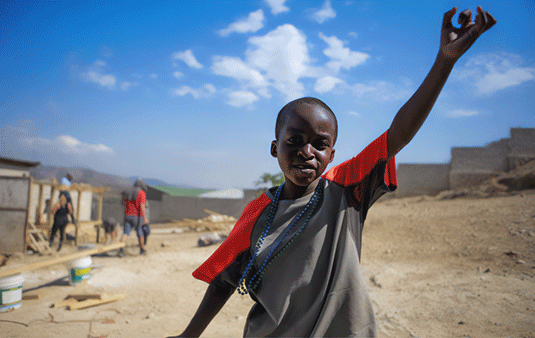
Join FlySpec in Improving Lives and Building Communities
Aircraft Donation Need: Cessna 206
Urgency Statement: Every day, patients in rural areas of Zambia are in need of specialized medical care that only FlySpec can provide. With limited resources and a lack of access to medical facilities, these patients rely on FlySpec’s medical flying doctor service for lifesaving surgeries and treatments. Your support is urgently needed to ensure that FlySpec can continue to serve these communities and provide the critical care they need. Donate now and make a difference in the lives of those who need it most.
Website: FlySpec
Location: Lusaka, Zambia






